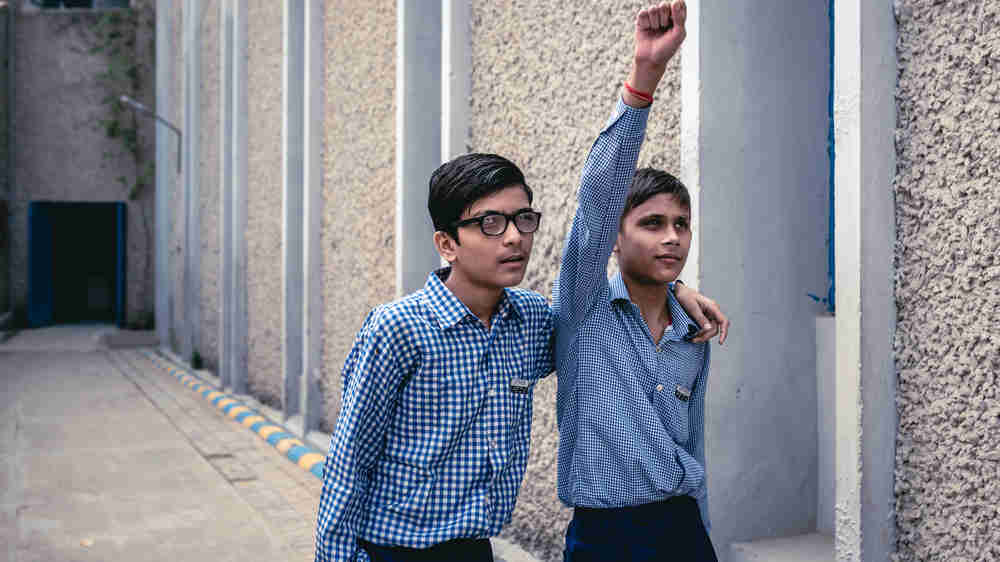Inclusion can be an illusion. The Centre recently informed the Supreme Court that under the Samagra Shiksha scheme, a majority of the 22.5 lakh children with special needs would be admitted to regular schools where teachers would be trained to address their needs. However, special schools would continue to cater to children with more than 40 per cent disabilities. This was in response to a public interest litigation seeking adequate numbers of trained teachers in special schools. Integration is an objective that must be lauded; but the government’s noble intentions are unlikely to address other, relevant challenges. What about the aspect of enhanced burden on educators at regular schools, which already have an abysmal teacher-student ratio of about 1:32? Tellingly, of these teachers, 70 per cent have not received training in special education and do not have any experience teaching students with disabilities. The lack of trained educators or training overburdened teachers is not the only challenge. Not even one per cent of Indian educational institutions are accessible to disabled persons, according to the National Convention of Youth with Disabilities. This in spite of the fact that the inclusive model of education where every child has the right to attend a school of his or her choice was introduced in India in 2009 as part of the Right to Education Act. There are also reports from across states of schools denying admission to children with disabilities despite the existence of regulations that prohibit this kind of segregation.
All of this conveys a deep unwillingness on the part of culture and educational institutions to be more accommodating; can this be remedied by a fiat in favour of convergences of students with diverse sets of needs? Strikingly, a 2019 Unesco report revealed that there is a gap between the Right to Education Act, 2009 and the Rights of Persons with Disabilities Act, 2016, leading to ambiguities about where children with disabilities should study and who should teach them. Germane to this confusion is the attitude towards education of children with special needs. Education for this constituency is often imagined in terms of the challenges it poses — the need for dedicated infrastructure, trained educators and so on — instead of being seen as a means to assure the fundamental right that it is. This is not to say that the challenges are not significant, but policy interventions need to go beyond these. As long as the needs of those with disabilities are confined to a ‘special’ category, these will not be a part of regular educational initiatives, and till such a time, inclusive education will remain a pipe dream.










